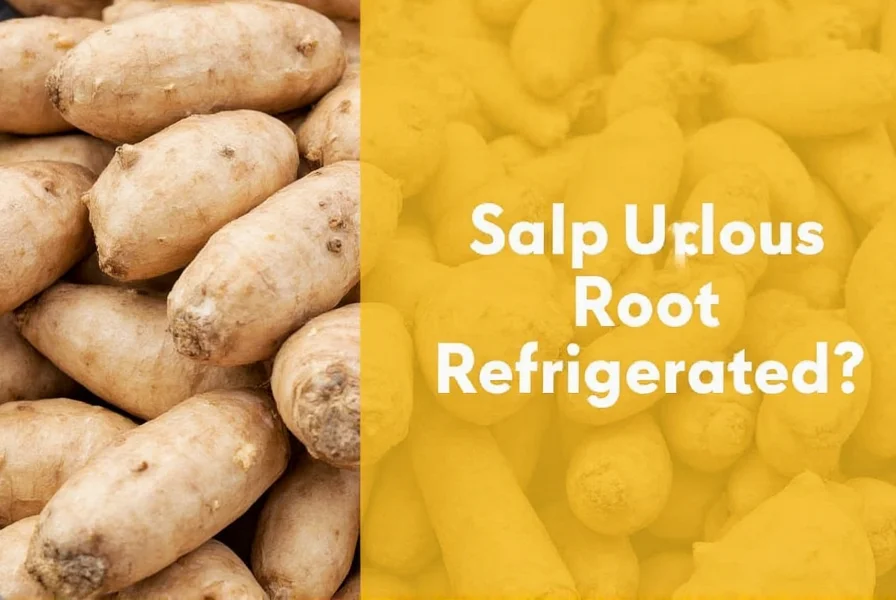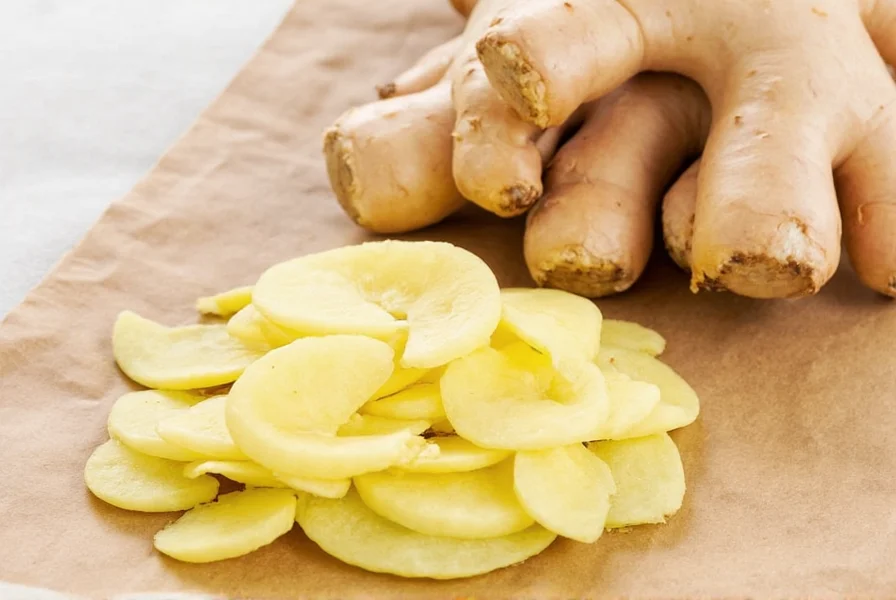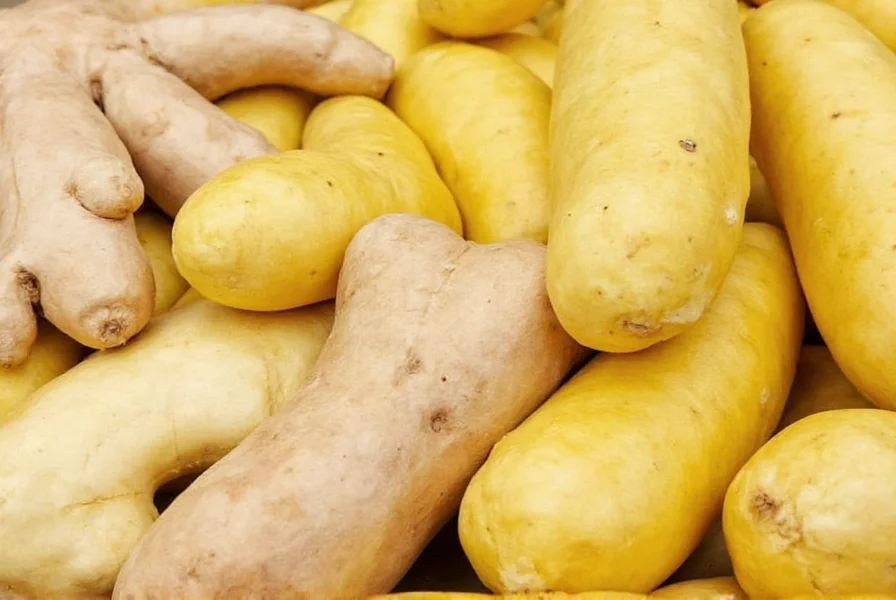Proper storage of ginger root significantly impacts its longevity, flavor quality, and usability in your cooking. Understanding the science behind ginger preservation helps you make informed decisions about how to handle this versatile root spice.
The Science of Ginger Preservation
Ginger root contains high moisture content (approximately 70-80%), making it susceptible to mold growth and dehydration. Refrigeration slows enzymatic activity and microbial growth that cause spoilage. The cool, humid environment of your refrigerator's crisper drawer creates ideal conditions for maintaining ginger's cellular structure.
Optimal Refrigeration Method for Ginger Root
Simply tossing ginger into your refrigerator isn't enough for maximum shelf life. Follow these evidence-based steps:
- Keep ginger unpeeled until ready to use (the skin provides natural protection)
- Wrap in a slightly damp paper towel to maintain optimal moisture levels
- Place in an airtight container or resealable plastic bag
- Store in the vegetable crisper drawer (maintains higher humidity than main compartment)
- Position away from strong-smelling foods (ginger readily absorbs odors)

Alternative Storage Methods Compared
| Storage Method | Expected Shelf Life | Quality Preservation | Best For |
|---|---|---|---|
| Refrigerator (properly wrapped) | 2-3 weeks | Excellent | Most home cooks |
| Room temperature (cool, dark place) | 5-7 days | Fair (dries out faster) | Immediate use (within week) |
| Freezer (peeled, in freezer bag) | 6 months | Very good (texture changes) | Long-term storage needs |
| Submerged in sherry or vodka | 1 month | Good (flavor infusion) | Cocktail enthusiasts |
Special Cases: Storing Cut or Peeled Ginger
Once ginger has been cut or peeled, its shelf life decreases significantly due to increased surface area exposed to air. For cut ginger:
- Place in an airtight container with a small amount of water (change water every 2 days)
- Alternatively, store submerged in dry sherry or vodka to prevent mold
- Cut ginger typically lasts 1-2 weeks in the refrigerator using these methods
Freezing Ginger: A Long-Term Solution
Freezing provides excellent long-term storage for ginger root. Unlike many vegetables, ginger freezes well without blanching:
- Peeled ginger can be frozen whole or sliced
- Freeze in small portions for easy use
- Grate frozen ginger directly into dishes (no need to thaw)
- Properly frozen ginger maintains quality for 6 months

Signs Your Ginger Has Spoiled
Knowing when ginger has gone bad prevents food waste and potential illness. Discard ginger showing any of these signs:
- Soft, mushy texture (fresh ginger should be firm)
- Dark yellow or grayish discoloration inside
- Mold growth (white, green, or black spots)
- Sour or unpleasant odor (fresh ginger has bright, spicy aroma)
- Excessive wrinkling beyond normal drying
Practical Ginger Storage Tips
Implement these professional kitchen-tested techniques to maximize your ginger's usability:
- Store ginger root with the knob end (where new growth emerges) facing up
- Don't wash ginger before storage (adds excess moisture that promotes mold)
- For frequent users, keep a small piece at room temperature for immediate use while refrigerating the rest
- Consider freezing ginger in ice cube trays with water for recipe-specific portions
- Store ginger away from potatoes (they emit gases that accelerate each other's spoilage)
Does Refrigeration Affect Ginger's Flavor Profile?
Properly refrigerated ginger maintains its characteristic pungent, spicy flavor better than room-temperature storage. Studies show that refrigeration preserves gingerols (the compounds responsible for ginger's heat and health benefits) more effectively. The cooler temperature slows the conversion of gingerols to shogaols, which occurs more rapidly at room temperature and creates a sharper, more intense flavor that some find unpleasant.
Seasonal Considerations for Ginger Storage
Humidity levels in your home affect ginger storage. During summer months with higher ambient humidity:
- Use an extra paper towel inside the storage container
- Check ginger more frequently for moisture buildup
- Consider storing in the main refrigerator compartment rather than the crisper drawer
During winter months with dry indoor heating:
- Use a slightly damp (not wet) paper towel
- Check periodically to ensure ginger isn't drying out
- Consider adding a small piece of damp cloth to the container
How to Extend Ginger's Usability After Purchase
When you bring fresh ginger home from the market, immediate proper storage makes the biggest difference in longevity. The first 24 hours after purchase are critical for establishing optimal storage conditions that will determine how long your ginger remains fresh and usable in your kitchen.











 浙公网安备
33010002000092号
浙公网安备
33010002000092号 浙B2-20120091-4
浙B2-20120091-4